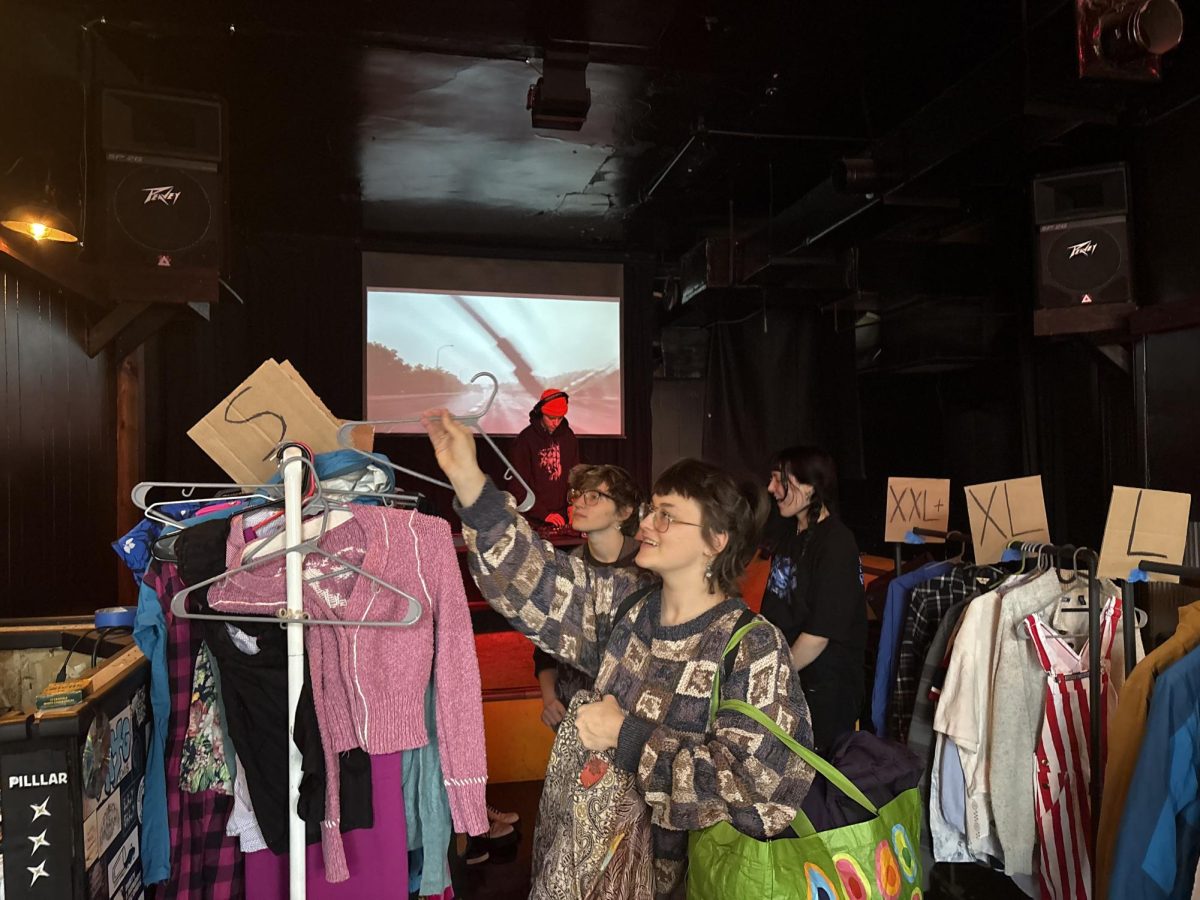Ferguson Hall is for music majors, Rarig Center is for theater majors, Barker Center for Dance is for dance majors and the Regis Center for Art is for visual art majors. These separate buildings imply the arts should be differentiated and kept apart, like caged mice in controlled experiments. The arts, however, want to function as a whole.
Separating the different genres is like chopping off limbs, for all art centers around the same core desires. Even though the buildings are separate, they stand close to each other – just waiting for dancers to wander into concert recitals or painters to stumble upon plays.
With the opening of the Regis Center for Art, the now complete West Bank Arts Quarter is striving toward letting artists of diverse disciplines work together. Spark Festival of Electronic Music and Art has answered the call, bringing different aspects of the arts community together, perhaps like never before. Christopher James, School of Music public relations director, described the event as “bees cross-pollinating.” Spark celebrates all art forms with a common interest in incorporating digital technology.
Forty guest artists along with 25 University students and faculty will venture down unexplored art avenues with the latest technology to create stunning sounds and sights. Lynn Lukkas, professor in the department of art, and dance collaborator Marija Stamenkovic use bio-sensors to transmit data from a person’s body onto a computer. The body movements, as well as heart rate, brain waves and breath, control the images and sounds the audience experiences.
Christopher Bailey from the University of Cincinnati injects samples of superhero records and Led Zeppelin into his composition while University student Devin Swanson uses SoundHack to fuse Missy Elliott with the Beach Boys. This year’s featured guest Brad Garton, music professor and director of the Computer Music Center at Columbia University, will lecture. He will also perform his music that experiments with acoustic landscapes and sometimes combines poetry.
“This year is more interesting,” said Douglas Geers, a University music composition professor specializing in electronic music, the festival’s organizer. “It casts a wide net and shows a range of what is being done, not just in music but all art.”
Geers started the festival small last year, his first year at the University, and focused on one composer. “It was a combo of me not knowing who was cool and they not knowing me.” But this year, Geers branched out to find variety and found much of what he wanted around the Twin Cities and University community. “I really tried to get people from all areas. It makes it easy when there are so many people doing cool stuff.”
Spark shows the beginning of a new and exciting direction not only for the School of Music but also for all art departments. The festival features some of the most innovative artists beginning to fully use this new medium of computers and other technologies.







